In 2004 Hoobastank was #1 in the US chart. “I’m not a perfect person” slowly reels you in as the opening line. I want to “change who I used to be”, they cry. To “start over new”. Because “I’ve found The Reason”. And “the reason is you” is delivered with such clarity that every old heartache swells up to haunt you all at once.
It was a global hit, but also a one-off… and a one hit wonder isn’t what you want for your startup. If you want people to keep coming back to your business, your web copy has to go platinum.
That’s why I’m doing a series of teardowns. To talk about the times when bad copy can result in you becoming a flash in the pan. You want more than fifteen lousy minutes of fame…
Teardown #2: win.systems
What is it? The World Identity Network (WIN) proves how lucky you are to have an ID because the billion people in the world who don’t are invisible and, therefore, vulnerable
WIN founder, Mariana Dahan, starts her 2018 TEDx talk by describing a young girl running through the streets in the dark. Escaping a man who threatens to kill her, she’s found shivering behind some bins by a stranger. The only way the girl can prove who she is and get help is by giving her father’s name because he owns her identity. But her father is the man with the knife.
It’s a true story.
It’s Mariana’s story.
She is free now but has many other stories to tell of children who are not.
We need more people like Mariana because she sees all the invisible people in the world. The children who are at risk of human trafficking, which rakes in billions of dollars for criminal rings every year. She’s using new technology to help put a stop to displacement, forced marriage, and modern slavery.
Exploring ways to seal our identity on the blockchain, Mariana wants to give everyone ownership of their own ID. So the WIN website exists to generate support for her campaign.
Here comes the teardown…
Let’s skip straight to the bottom of the home page and work backwards. This is what I see:
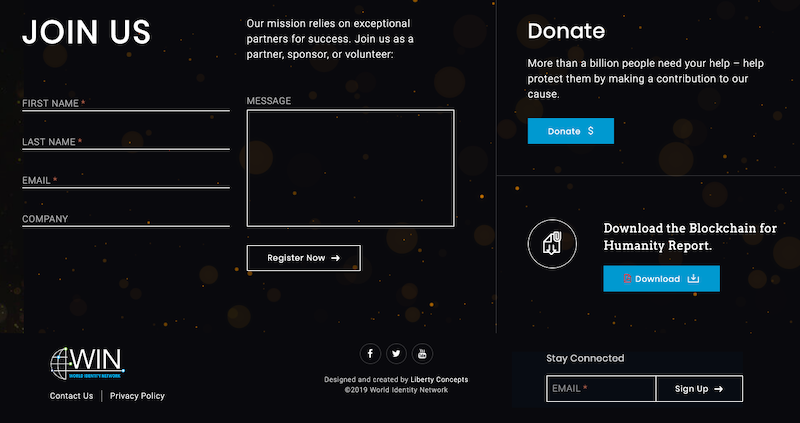
PROBLEM #1: Too much choice can lead to anxiety. Anxiety can lead people to run away from your site.
Quick fix: People only need one reason to support you. Focus on that.
The ultimate goal of this home page is to find people who will support WIN, but there are five ways to do this. You can become a:
- partner
- sponsor
- volunteer
- donor, or
- subscriber
Which do you think is the most important?
All of them?
I’d agree, but a list of five options can also lead to confusion.
As a business owner, I could sponsor an event. I can donate money. Or I could volunteer my time. But I’m not instantly sure which option is best, so I might deliberate. Then I might click through to another page and get lost in the site. Because having a choice can spark anxiety.
Yet any one of the five choices could lead you to the same place. A community of people committed to learning more about the cause.
Now, that I can get behind.
Having one clear outcome makes it easy for your reader to know instantly if they want to support you.
You’re asking for just one small action. In this case, saying “Yes” to knowing more; to sign up for a newsletter.
Your new supporter can think about what else they might do later on.
PROBLEM #2: Just liking the cause or feeling some compassion isn’t enough for people to click on a link. They have to feel compelled to take that action.
Quick fix: Add the word “because” to your plea.
There’s a famous study about a queue to use the photocopier. But it’s decades old and a paperless existence is more fashionable these days, so let’s modernise the story with a more relevant example.
Instead, let’s say you’re trying to get through to a call centre and you’re number five in the queue. Somebody taps you on the shoulder and asks, ‘Hey, mind if I go first?’
You stare. It’s a no from you…
There’s a tap on your other shoulder. ‘Hey, can I go first because I have to go to the shop?’
‘Umm, okay… ?’ you mumble, finding no real reason to refuse.
Or ‘Hey, can I go first because I’ve got to go and visit someone in the hospital?’
‘Oh, sure. Go ahead’, you say.
The theory behind the photocopier study by Ellen Langer is that adding the word “because” is key. The Harvard professor found that people will say yes to something when you add the word “because” — even if you give a silly reason or one that has nothing at all to do with the activity.
Flip this information around and we can use Langer’s findings in a different way. You realise how important it is to give people a reason for clicking a link on your website. To give your reader a motive they can be proud of and also explain easily to others:
“I’m signing up”
becomes
“I’m signing up because 1 in 200 children in the world is a refugee and I want to help change that”
It’s more powerful.
Back on the WIN home page, I’m not sure if I want to sign up yet because there’s a bigger problem: I’m not sure what WIN is.
PROBLEM #3: If you don’t put the most important information at the top of the page, there’s no guarantee your reader will ever see it.
Quick fix: Ask yourself if your first line immediately addresses the person that you most want to attract.
This is the first thing you see on the WIN home page:
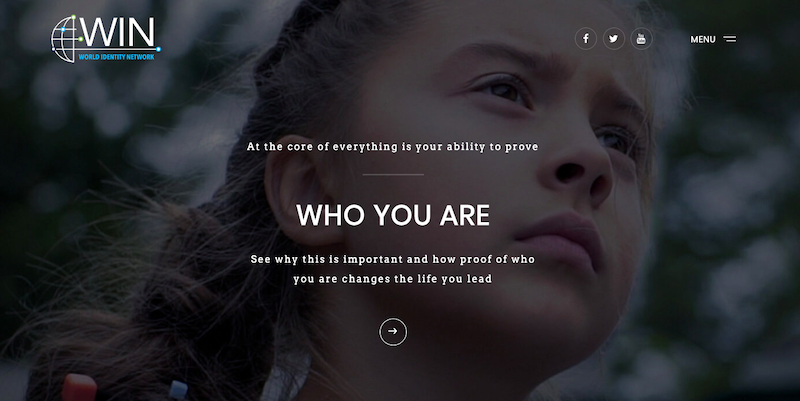
The thing I love about this headline: “At the core of everything is your ability to prove who you are” is that it addresses me directly. I’m in. This is about me. I’m in the right place…
But then I get confused.
- Is WIN a charity?
- Do they support me if I’m a refugee or am I supporting others?
- What if I’ve never had to worry about having my own ID?
- I’m an adult, but there’s a child in the picture…
It’s not clear, but WIN puts forward some horrifying statistics:
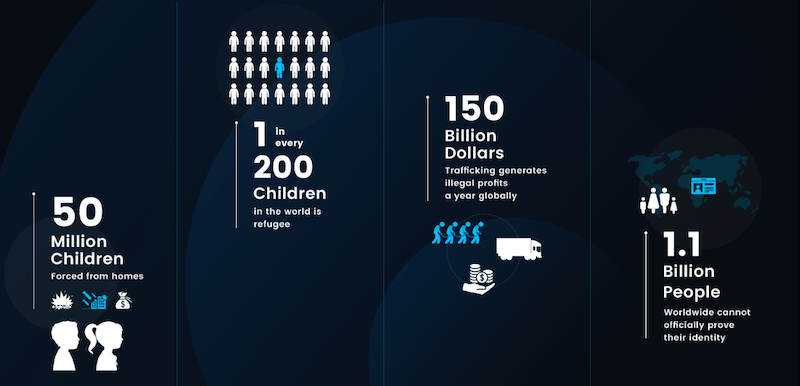
Whilst these statistics grab attention, they’re lost in the middle of the page. Yet they’re the foundation for why WIN exists. They start to build the case for supporting the cause.
When the argument for supporting WIN becomes more clear, it’s in really small font and way down at the bottom of the page:
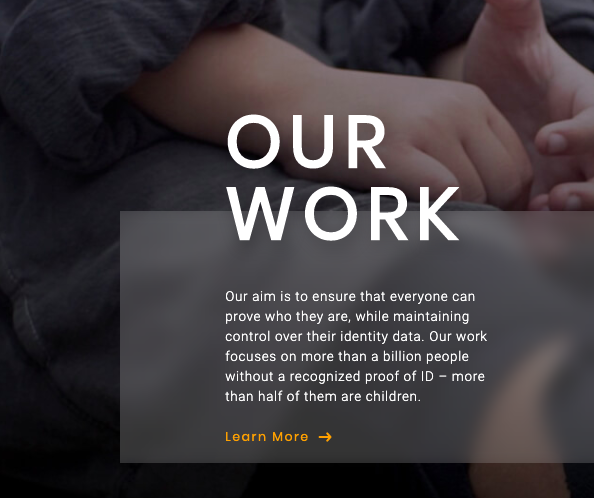
There’s talk of “self-sovereign identity” but I don’t recognise the term.
Then I see this: “we’ve been designing programs that help fight human trafficking, modern slavery, exploitation, and all forms of exclusion.”
Now, this… this, I can start making sense of.
“Fight human trafficking” is something I care for.
I detest all forms of exclusion.
Now, I want to help.
The goal of the page is to let the person know that they’re in the right place and then encourage them to keep reading.
As you build your case, use clear language that anyone can understand and treat it more like a conversation that you’d have in person.
TIP! Write out the order for all of the different pieces of information you talk about on your web page. Then imagine saying this to someone face-to-face. Does it feel like the natural order of a real-life conversation?
PROBLEM #4: People switch off when they don’t understand something. Tech talk can kill the mood faster than talking about your ex on a first date.
Quick fix: Ask yourself if your words have an emotional pull.
WIN is using blockchain technology to put up defences against child marriage and human trafficking. Yet the “immutable ledger” they speak of below means nothing to me when I look at the child with the chubby toddler hands in the picture above. In my heart, the two things don’t connect.
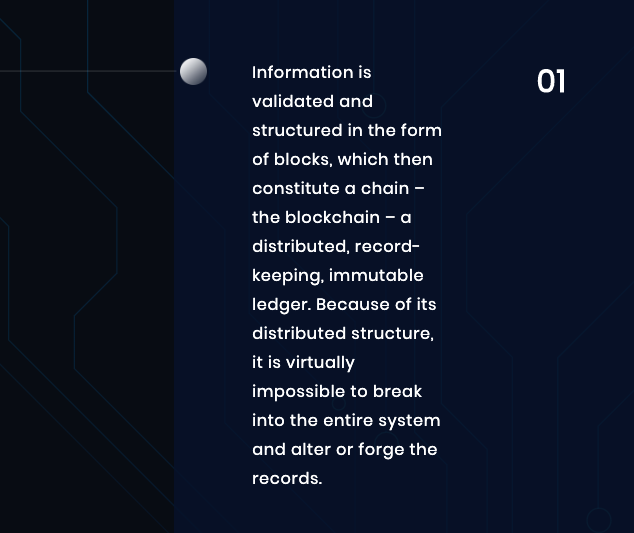
When I read about a girl who is forced into marriage and pregnant at the age of 11, I’m not concerned that the “attestations do not match”:
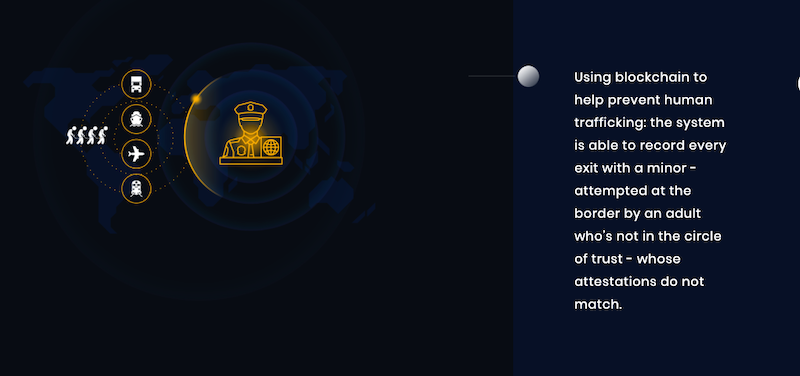
Unless your reader is a blockchain specialist, they only need to know why you choose this technology over any other. What outcome does it give you? And if that outcome is something they can understand on an emotional level, then they can support your choice.
Your reader doesn’t care how the technology works. They only care that you’re using it to help the people they want to help too.
Good copy wins hearts. Focus on emotion!
The World Identity Network is an ambitious and worthy project that needs backing on an enormous scale to tackle a global identity crisis.
Mariana is doing phenomenal work.
But if I don’t sign up, I might lose track of her progress and forget about the cause.
I wouldn’t know that WIN was a finalist in the D&AD Impact Awards. Or that it has an impressive new Board of Directors including Jack Brockway and Alexandra Chong.
To convince people to keep listening:
- Offer one clear option to take action
- Give people a reason to follow you: ‘because…’
- Start a conversation with your reader
- Use emotion to draw people into your world
Extra tip!
Personal stories are a great way to help your reader understand the impact that your work has on real people. To put these stories into context, include them after introducing what you do and showing your reader why your work matters. Stories bring all of this to life and prompt your reader to take action now.
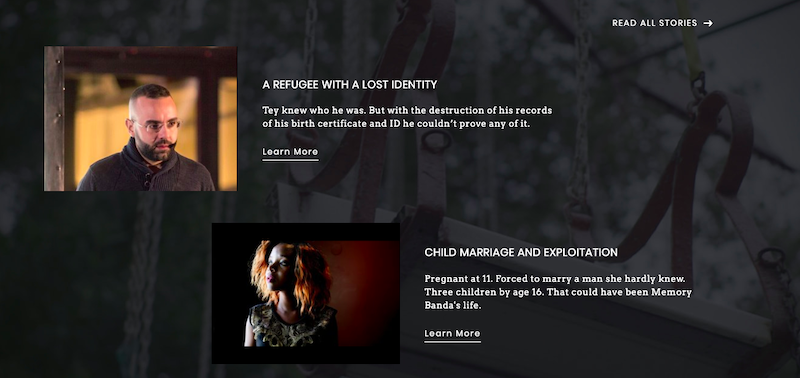
If you suspect you might become a one hit wonder, I can help.
Dig your heels in to tear down your online offer. Then build it back up to make it more persuasive. Get your results in just a few days: nataliesmithson.com/dig

Natalie is a copywriter working in AI. She’s creating an immersive exhibition experience for anyone who needs to know: better days will always come 🕯️ More posts
( ´ ∀ `)ノ~ ♡
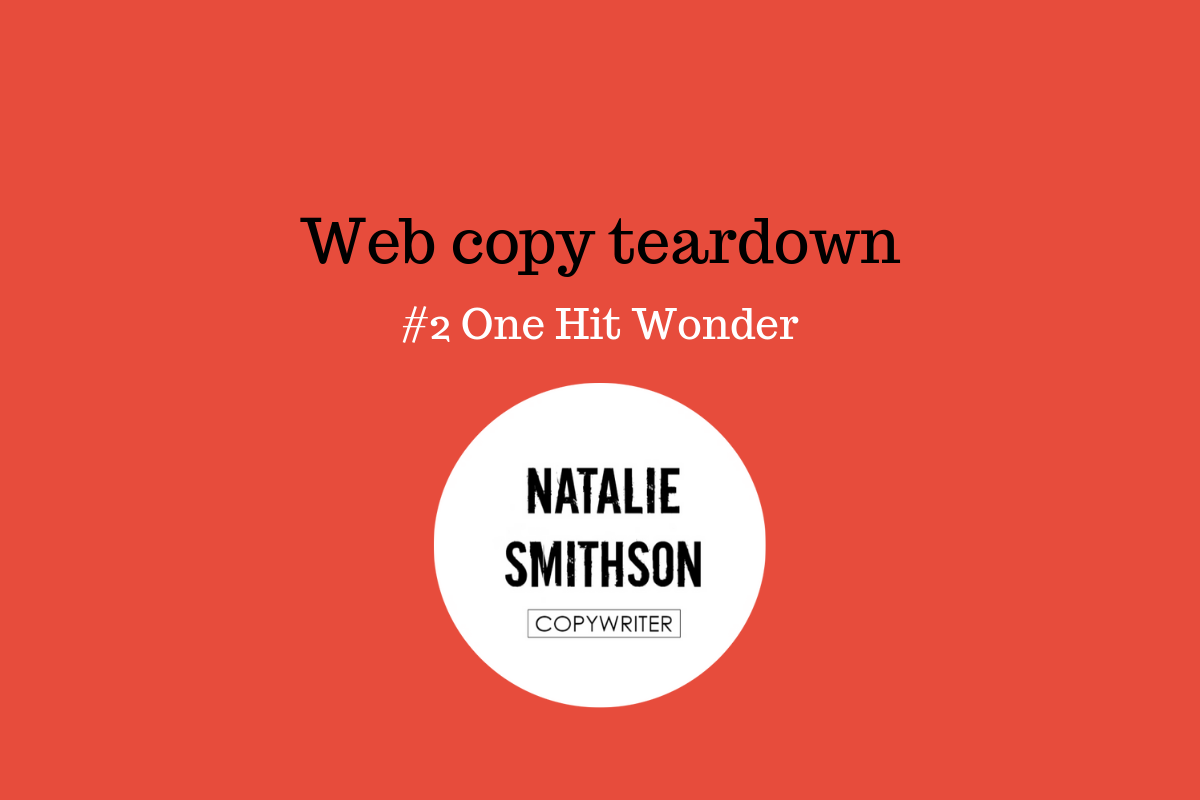
0 comments on “Dig your heels in: World Identity Network”Add yours →